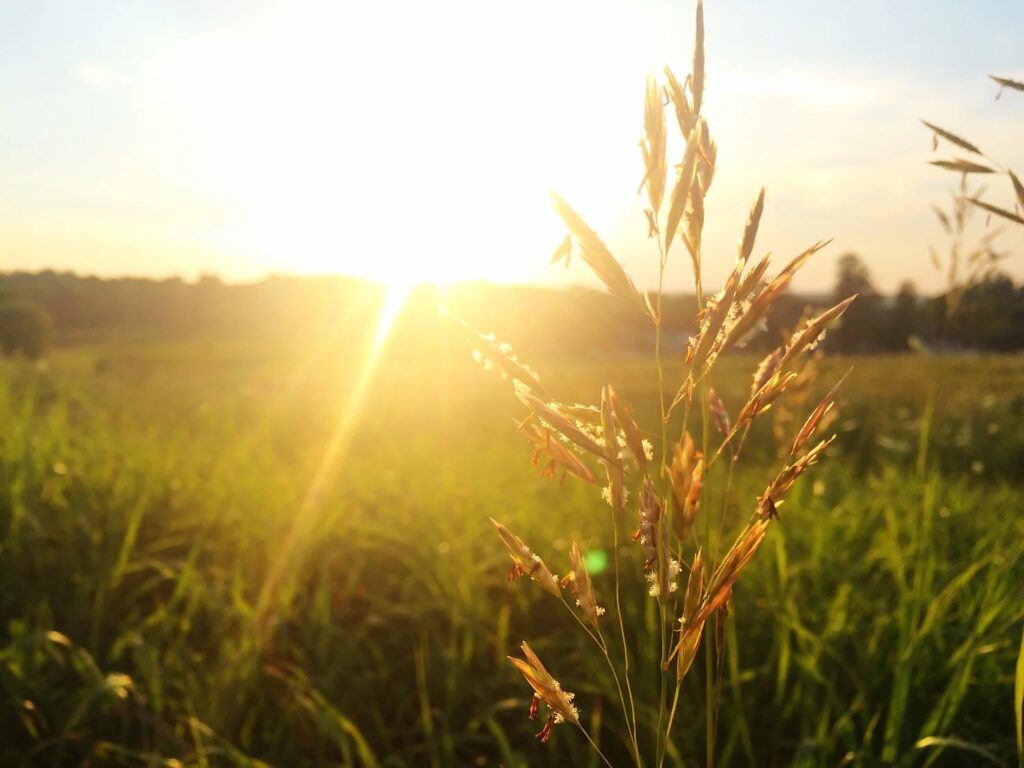
Here in the 21st century, it’s quite common for us to live in the extremes. We often spend many of our daylight hours indoors, at a computer (as I am right now) and use sun exposure at the peak of the season as a treat. For instance, as spring melts into summer, many of us can often be found making plans to visit the beach or the lake, or go for afternoon picnics as the sun reaches its highest point. We no longer take breaks in the middle of the day when the sun is directly overhead, casting down its highest heat and its highest concentration of UV rays. Obviously, UV rays, to a certain extent, are necessary for human health, but too much exposure damages the DNA in our cells and causes them to age faster and potentially become cancerous. As a reaction, the body produces melanin in order to protect your skin from UV damage, which is why you tan after sun exposure. However, despite our body’s best efforts, our skin tends to need a little more protection. For this reason, incidence of skin cancer is on the rise. 1 in 5 Americans will develop skin cancer at some point in their lives and according to the Skin Cancer Foundation, “90% of nonmelanoma skin cancers are associated with exposure to ultraviolet (UV) radiation from the sun.” And even though the practice of sunscreen use has gone up, the rates of skin cancer haven’t gone down in the ways we would expect to see. This is likely because most sunscreens only protect your skin from UVB rays, which cause sunburns, while UVA rays tend to still make their way in to penetrate your skin cells’ DNA and have been linked to causing cancer. Additionally, when we wear sunscreen, we also tend to allow ourselves more sun exposure overall, since we feel protected. Thus ultimately, we’re exposing ourselves to more harmful UVA rays while thinking we’re staying protected. Additionally, most chemical sunscreens contain toxins that have been linked with skin irritation, allergies, and hormone dysregulation.

This is why natural forms of sun care are the most beneficial.
The best sun protection starts inside:
Like with most aspects of health, proper sun care starts from the inside – again, you are what you eat. Believe it or not, there are many foods that provide your skin cells with the building blocks they need to protect you from harmful sun exposure. Sunburn is actually your skin’s inflammatory response to the overexposure of UV rays. And as we know, diet plays a large role in our body’s inflammatory responses. Healthy Omega-3s help your body reduce inflammation and promote cellular health. A diet rich in healthy fats like nuts, seeds, olive oil, salmon, avocados, etc. will help protect your skin, as well as help many other parts of your body fight off markers of inflammation (like sunburn). Additionally, tomatoes, red carrots, watermelon, and other red, pink, and orange foods, all contain a carotenoid called lycopene. Lycopene is an especially strong antioxidant that is well known for its skin health benefits, such as protecting you from the sun.

Natural Sunscreen:
Of course, eating an anti-inflammatory diet isn’t going to be strong enough to keep you from burning all summer long. So when applying topical sunscreens, finding sunscreens that use natural ingredients like zinc oxide and titanium dioxide are best. They provide both UVA and UVB protection and are non-toxic! It’s also a good idea to avoid products containing “retinyl palmitate,” “retinoic acid,” or other derivatives of vitamin A, since they speed up skin damage and increase risk of skin cancer. And of course, reapplying every hour and a half to two hours is important to maintain protection.

Wear SPF Clothing:
Sometimes sunscreen and anti-inflammatory diets combined aren’t enough. If you spend a lot of time outside (like if you’re a Work Share member) and you need a bit more sun protection, it’s a good idea to invest in SPF-clothing. Most lighter, summer fabrics have an SPF of 4-7, depending on their weave, which actually isn’t bad! However, if you spend a significant amount of time outside, there are shirts, hats, pants, bathing suits, etc. that are made with specific fabrics that are lightweight but very sun-protective. As someone who works outside every day, I have SPF shirts, pants, and hats to help keep me protected from the harshness of the sun’s summer afternoon rays.

Supplement with vitamin D for healthy skin cells:
Lastly, vitamin D actually helps protect skin cells from UV damage and when we’re blocking out as many of the sun’s rays as possible, we may end up missing out on important vitamin D synthesis. That’s why it’s important to make sure you have appropriate vitamin D levels.

Did you know you can actually make natural sunscreens at home? Give it a try! But please remember to apply liberally and reapply every 1.5 to 2 hours!
Aloe Vera and Coconut Oil Sunscreen (from Healthline)
*this sunscreen is not waterproof and will need to be reapplied often*

Ingredients
- 1/4 cup coconut oil (has an SPF of 7)
- 2 (or more) tbsp. powdered zinc oxide
- 1/4 cup pure aloe vera gel (must be 50 percent or higher pure aloe)
- 25 drops walnut extract oil for scent and an added SPF boost
- 1 cup (or less) shea butter for a spreadable consistency
Instructions
- Combine all ingredients, except the zinc oxide and aloe vera gel, in a medium saucepan. Let the shea butter and oils melt together at medium heat.
- Let cool for several minutes before stirring in aloe vera gel.
- Cool completely before adding zinc oxide. Mix well to make sure the zinc oxide is distributed throughout. You may want to add some beeswax or another waxy substance for a stickier consistency.
- Store in a glass jar, and keep in a cool, dry place until you’re ready to use.
**To make a homemade sunscreen spray, follow the recipe above except the shea butter. You can also add a bit more aloe vera gel and a carrier oil such as almond oil once the mixture has completely cooled, to get it to a sprayable consistency. Store in a glass spray bottle and keep refrigerated for best results.**

Your skin is your largest organ. It absorbs everything you put onto it, into your bloodstream. Treat it kindly and naturally.
